Mark Webber has claimed pole position at the Japanese Grand Prix Saturday qualifying for Red Bull: his first pole since the Korean Grand Prix last year. Webber claimed his 12th career pole position with a time of 1m30.915s, ahead of his teammate Sebastian Vettel.
Click here to subscribe to our print edition!
Conditions remained dry throughout qualifying, with ambient temperatures peaking at 25 degrees centigrade but a strong and variable 30kph wind. At the start of Q1, the frontrunners used mainly the P Zero Orange hard tyres, nominated with the P Zero White medium for Japan. With three minutes to go, the session was red-flagged. When the session restarted, Lotus driver Romain Grosjean went quickest after his second run on the hard tyres, while many drivers switched to the medium compound.
The 16 drivers who went through to Q2 adopted various strategies, with Grosjean and Raikkonen starting the session on the hard tyres. The two Red Bulls went out for just one run with six minutes to go, using the medium tyres, and set first and second fastest times, with Vettel leading Webber. Grosjean claimed third after a final run on the mediums.
The top-10 shoot-out was run mostly on the medium compound, with Vettel heading out first onto the track, followed by Webber and Alonso. Jenson Button’s McLaren was the only car to complete his first Q3 run on hard tyres. Webber set the opening benchmark on his first run and then improved further on his second run, ensuring an all-Red Bull front row for the race.
The final free practice session this morning was also topped by Webber, who went quickest on the White medium tyre. For most of the session, Webber enjoyed a six-tenths advantage over his rivals before Mercedes driver Lewis Hamilton put in a fast run at the end of the session also with the medium tyre, setting the second-best time of the morning.
Pirelli’s motorsport director Paul Hembery said:
It’s been an action-packed day at the Japanese Grand Prix Saturday qualifying, which shows just how challenging this circuit is. There has been quite a high degree of track evolution over the weekend, and we expect to see two pit stops in the normal course of events tomorrow. There’s a much smaller lap time difference between the two nominated compounds than we’ve had in the previous two races, which clearly had an effect on the strategy as it made it easier for the frontrunners to get through Q1 using the hard compounds, as we saw with Grosjean’s impressive run through Q1. This opens up different strategic possibilities for the race tomorrow, with several options potentially paying off. The times are very close, so there’s an opportunity for a strategy to make a difference. Although this is a very demanding track for tyres, with the highest lateral energy loads of the year, wear and degradation are where we expect them to be: we saw in qualifying that times didn’t drop off significantly even with used tyres.
The Pirelli mystery strategy predictor:
Two stops are theoretically the quickest way to complete the 53-lap Japanese Grand Prix. The fastest strategy should be to start on the medium, change to medium again on lap 20 and then change to the hard on lap 37.
An alternative could be: to start on the medium, switch to hard on lap 20, and hard tyre again on lap 37.
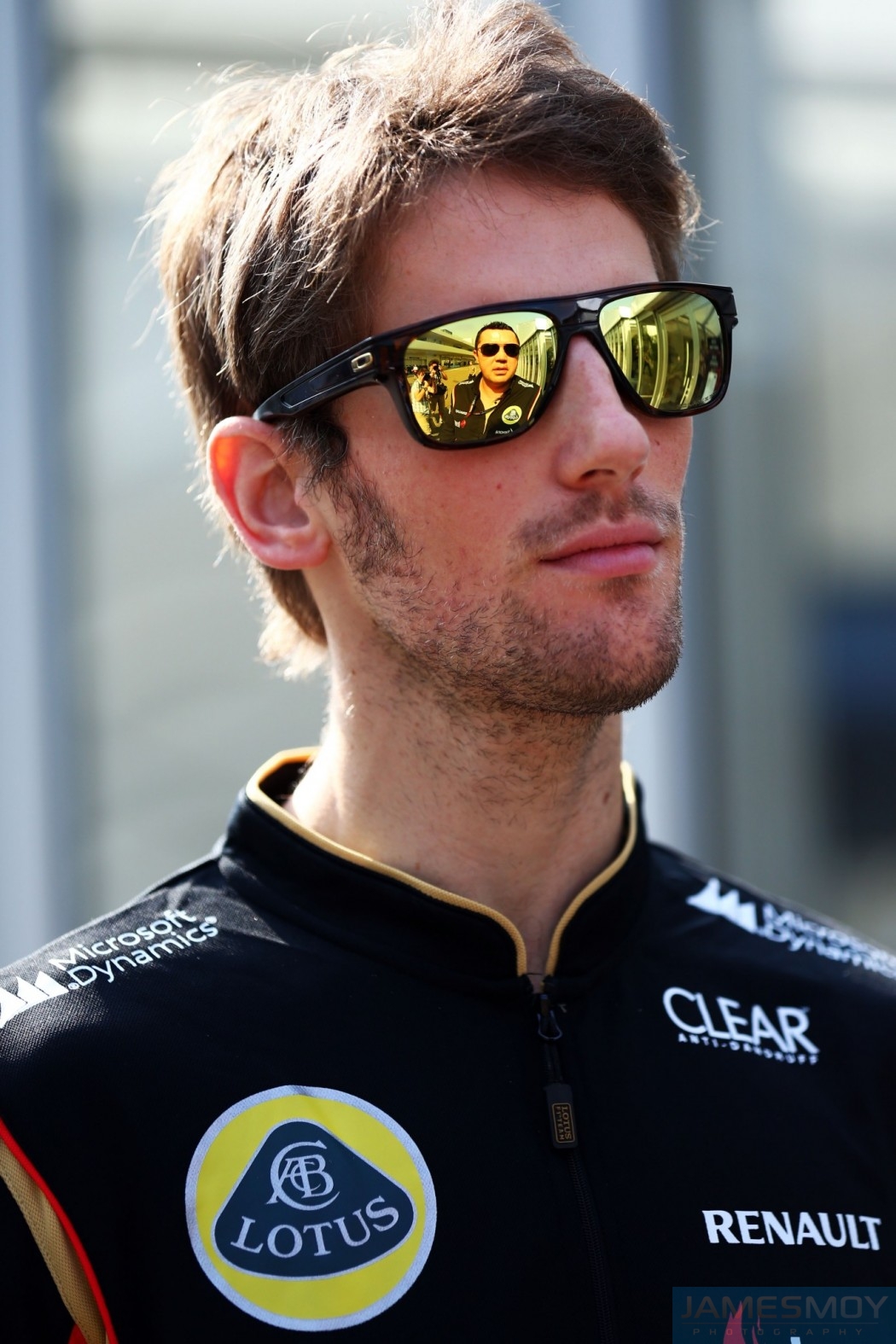








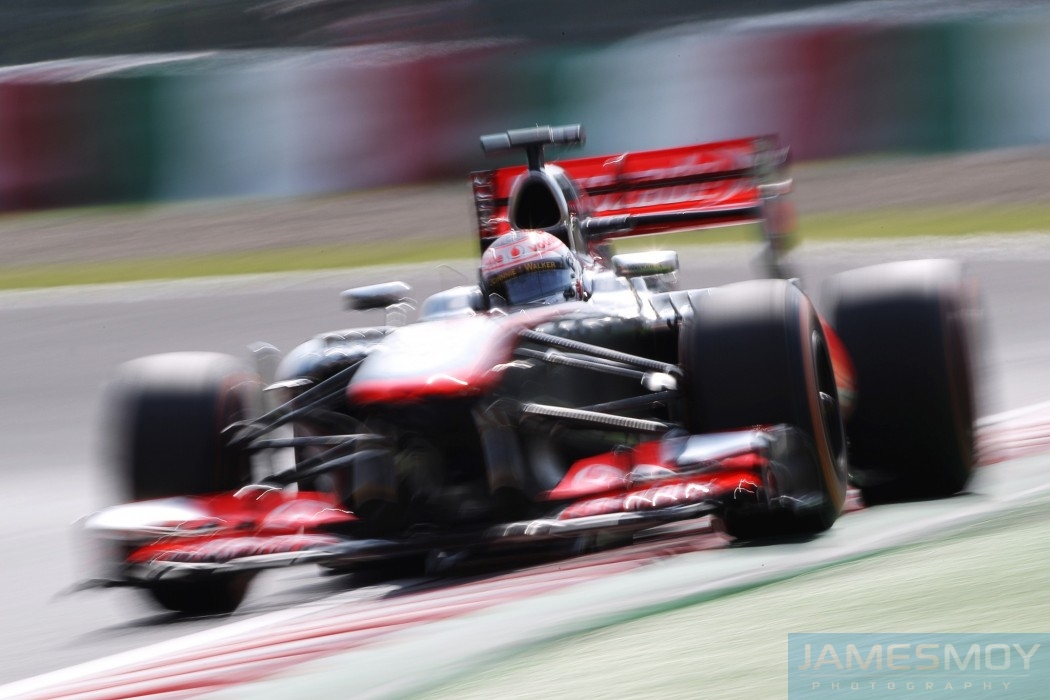



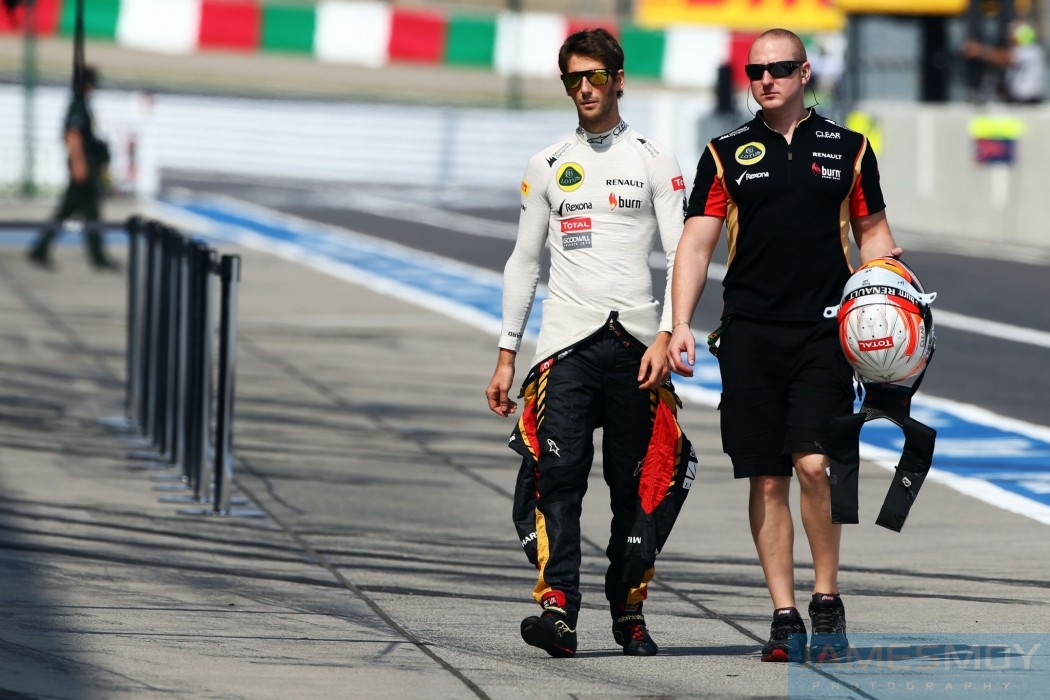




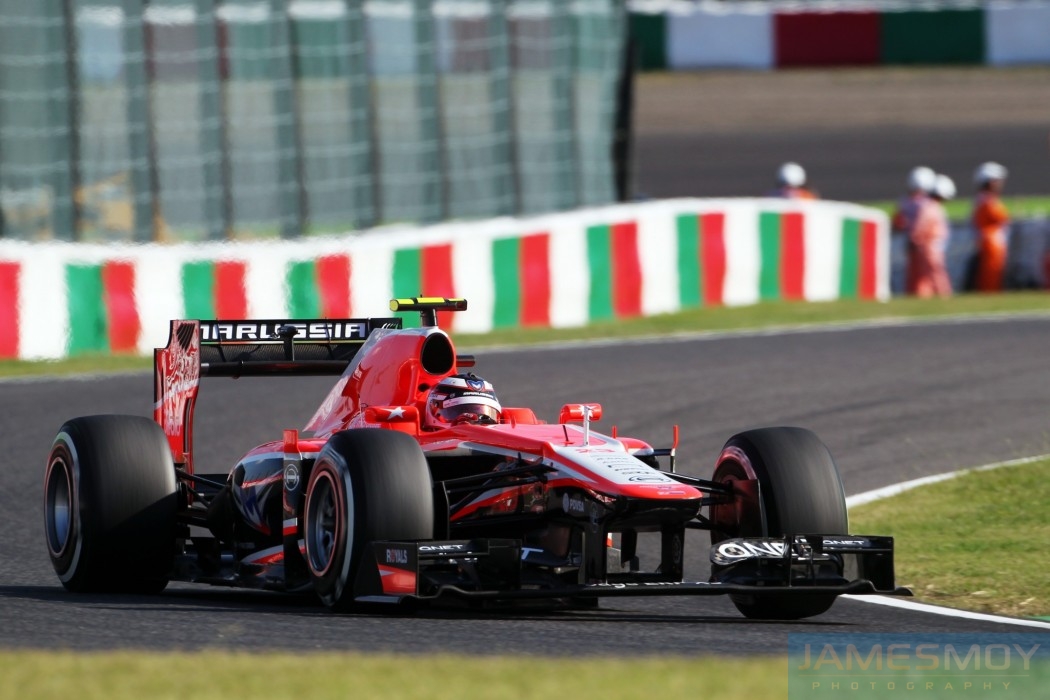




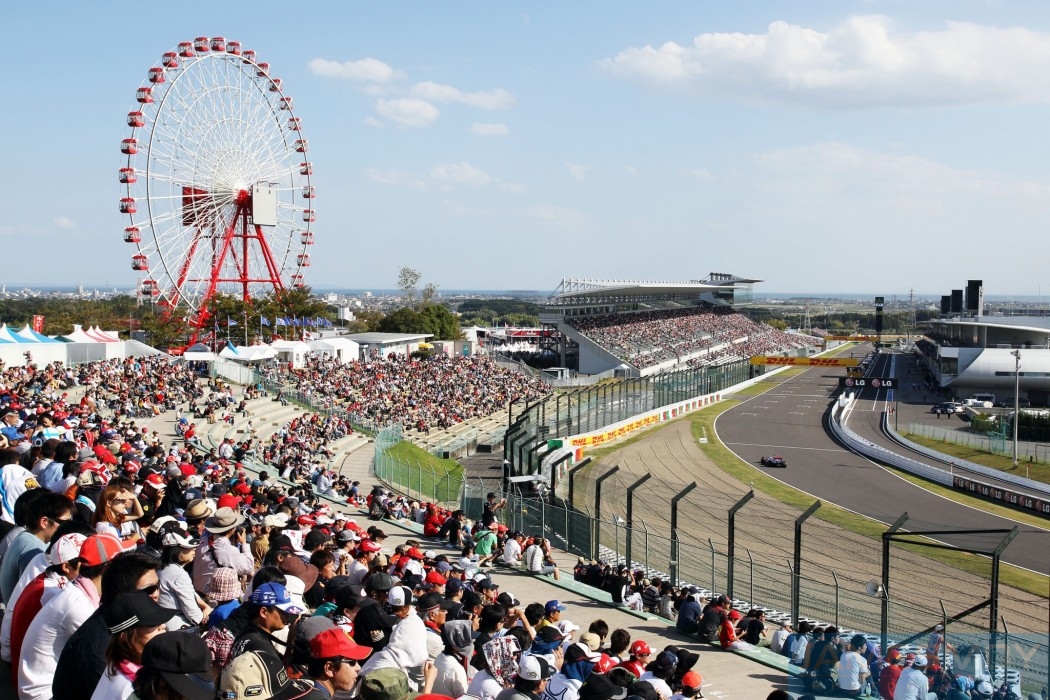


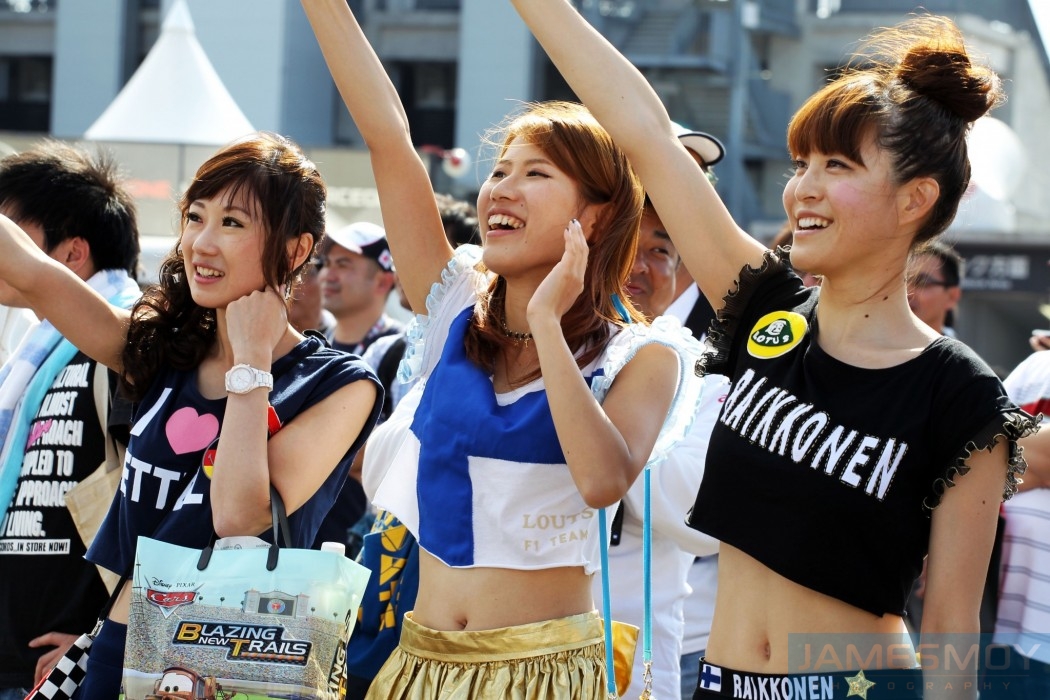

















Related Articles